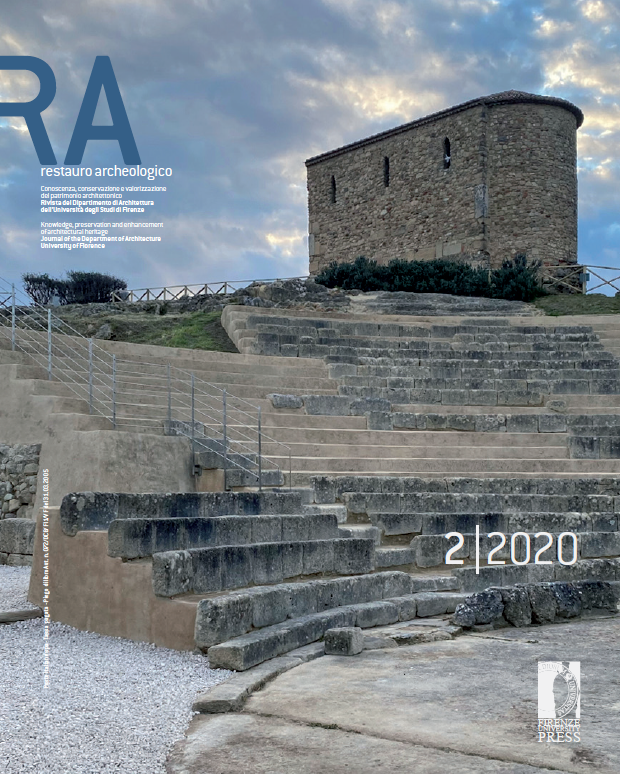Documentation strategies for a non-invasive structural and decay analysis of medieval civil towers: an application on the Clock Tower in Pavia
Published 2021-07-29
Keywords
- Digital survey,
- Decay mapping,
- Structural diagnosis,
- Medieval towers,
- Pavia
How to Cite
Abstract
The civil towers in Pavia are a distinctive element of the city’s architectural heritage, dating back to the Medieval Age as a statement of the lordship’s power and wealth. They constitute singularities in the urban landscape, with out-of-scale vertical development, whether in the original morphology or altered by subsequent actions. Furthermore, they are embedded in a dense urban fabric and therefore they are naturally associated with local risks for the safety of the urban setting and of its users. These peculiarities require accurate and complex documentation practices, and they foster monitoring and morpho-material mapping as preliminary actions to their conservation. The knowledge analysis that has been developed on the case study of the Clock Tower aims to systematize a documentation strategy for delivering an accurate and updated conservation status of the wall surfaces. Digital survey outputs are then developed as diagnosis tools to support intervention procedures, by highlighting deformations and deteriorations that could cause structural instability.


